CARING WITH FAMILY
|
| The level of affection a dog breed is inclined to show towards family members or familiar individuals can vary widely. Certain breeds have a reputation for being restrained in their affectionn reserving their warmth exclusively for their owners. Conversely, other breeds are recognized for their gregarious nature, treating every acquaintance as if they were their dearest companion. The degree of a dog's sociability and affectionate display often hinges on its inherent temperament, breeding and early socialization experiences. |
LOVE WITH CHILDREN
Unwise
Good With Children
|
| The inherent patience and tolerance a breed shows towards children's behavior, as well as its overall suitability for family life, can vary across different breeds. Although supervision is a fundamental necessity when dogs and children of any age interact particularly when children are not accustomed to dogs certain breeds are renowned for their gentle demeanor and capacity to adapt to the boisterous, unpredictable nature of young ones. These family-friendly breeds often possess a placid temperament and a resilient disposition making them excellent companions for lively households |
BEHAVIOR WITH DOGS
Unwise
Good With Other Dogs
|
| The innate sociability of a dog breed towards fellow canines can differ significantly. While all dogs should be closely observed when meeting new dogs or during play to ensure interactions remain friendly, some breeds naturally exhibit a more congenial disposition toward other dogs. This trait can be particularly evident in breeds that have been raised for cooperative roles such as hunting or herding, where working in a pack or group is part of their genetic history. |
SHEDDING LEVELS & MANAGEMENT
No Shedding
Hair Everywhere
|
| The degree to which a breed sheds can widely influence the amount of fur you might find around your home. High-shedding breeds will typically demand more frequent brushing to manage loose hair and minimize its accumulation in your living space. Such breeds might also increase the likelihood of allergic reactions in sensitive individuals and could require more diligent cleaning routines like regular vacuuming and the use of lint rollers to keep clothing and furniture hair-free. |
COAT GROOMING STANDARDS
|
| The grooming requirements of a dog breed can vary significantly, affecting how often they need to be bathed, brushed and potentially trimmed or professionally groomed. Some breeds have coats that are relatively low maintenance; they may only need a bath every few months and a weekly brushing to remove loose fur and dirt. Short-haired breeds often fall into this category though they may shed more and thus require more frequent brushing to manage loose hair. |
DROOLING INTENSITY
Less Likely to Drool
Always Have a Towel
|
| The tendency of a dog breed to drool can range from negligible to quite significant. Some breeds are known for being more drool-prone, particularly those with loose, floppy lips and jowls which can cause them to leave behind trails of slobber. Breeds like the Saint Bernard, Bloodhound and Mastiff are classic examples of canines that may generously drool, especially after drinking water or when they're anticipating food. |
COAT STYLES GUIDE |
| Smooth |
| COAT SPECTRUM |
| Short |
FRIENDLINESS
Reserved
Everyone Is My Best Friend
|
| A breed's predisposition towards strangers can be quite diverse. Certain breeds are naturally reserved or cautious when encountering new people. This wariness can be a trait selectively bred into dogs for the purposes of watchdogging or guarding. Such breeds may require careful introductions and may never be overtly friendly with people outside their family unit. |
LIVELINESS
Only When You Want To Play
Non-Stop
|
| The enthusiasm for play in a dog breed can be influenced by various factors including genetics individual personality and the dog's overall energy level. Some breeds retain their playful spirit well into their adult years and will often engage in games like tug-of-war or fetch with gusto. This characteristic playfulness is typically seen in breeds that are bred for high-energy work or sporting purposes. |
VIGILANCE INTENSITY
What's Mine Is Yours
Vigilant
|
| A breed's propensity to alert their owners about the presence of strangers is a trait that varies widely. Some breeds have a strong instinct to vocalize when unfamiliar people approach their territory or when they notice something unusual in their environment like the mailman or a squirrel. These breeds not only serve as effective watchdogs but often possess a protective nature. They're typically quick to sound the alarm, yet can be trained and socialized to recognize non-threatening situations and individuals especially when these strangers are welcomed by their family members. |
ADAPTATION CAPACITY
Lives For Routine
Highly Adaptable
|
| A breed's propensity to alert their owners about the presence of strangers is a trait that varies widely. Some breeds have a strong instinct to vocalize when unfamiliar people approach their territory or when they notice something unusual in their environment, like the mailman or a squirrel. These breeds not only serve as effective watchdogs but often possess a protective nature. They're typically quick to sound the alarm, yet can be trained and socialized to recognize non-threatening situations and individuals, especially when these strangers are welcomed by their family members. |
OBEDIENCE LEVEL
Self-Willed
Eager to Please
|
| The trainability of a dog and its aptitude for mastering new tricks greatly depend on the breed-specific traits. However, the dog's unique temperament is also a crucial factor. Many breeds possess an innate desire to satisfy their human companions combined with a predisposition towards easy learning and obedience, which renders them exceptionally receptive to training. |
STAMINA LEVEL
|
| The level of physical activity and cognitive engagement required by a breed is a determining factor in its overall vigor. Breeds laden with high energy are always on their toes, anticipating their subsequent escapade. They actively engage in extensive running, leaping and frolicking all day long. On the other end of the spectrum breeds with lower energy are akin to homebodies, content with lounging and napping at leisure. |
VOCALIZATION
|
| Likes To Be Vocal |
LEARNING CURIOSITY LEVEL
Happy to Lounge
Needs a Job or Activity
|
| The level of mental engagement a breed requires to maintain its contentment and well-being is essential. Dogs bred for specific roles often need tasks that challenge their intellect, demanding skills such as decision-making and problem-solving. Should these intelligent breeds lack the necessary mental stimulation they're likely to invent their own forms of entertainment, which may not align with your own idea of a good time. |
| COLORS |
|
Description
|
Registration Code
|
|
Black
|
007
|
|
Tri-Colored
|
380
|
|
White
|
199
|
|
| PATTERNS |
|
Description
|
Registration Code
|
|
Blanket-Back
|
084
|
|
Black Spots
|
080
|
|
Black Spots, Tan Trim
|
081
|
|
Saddle-Back
|
083
|
|
Tan Spots
|
085
|
|
White Markings, Tan Trim
|
082
|
|



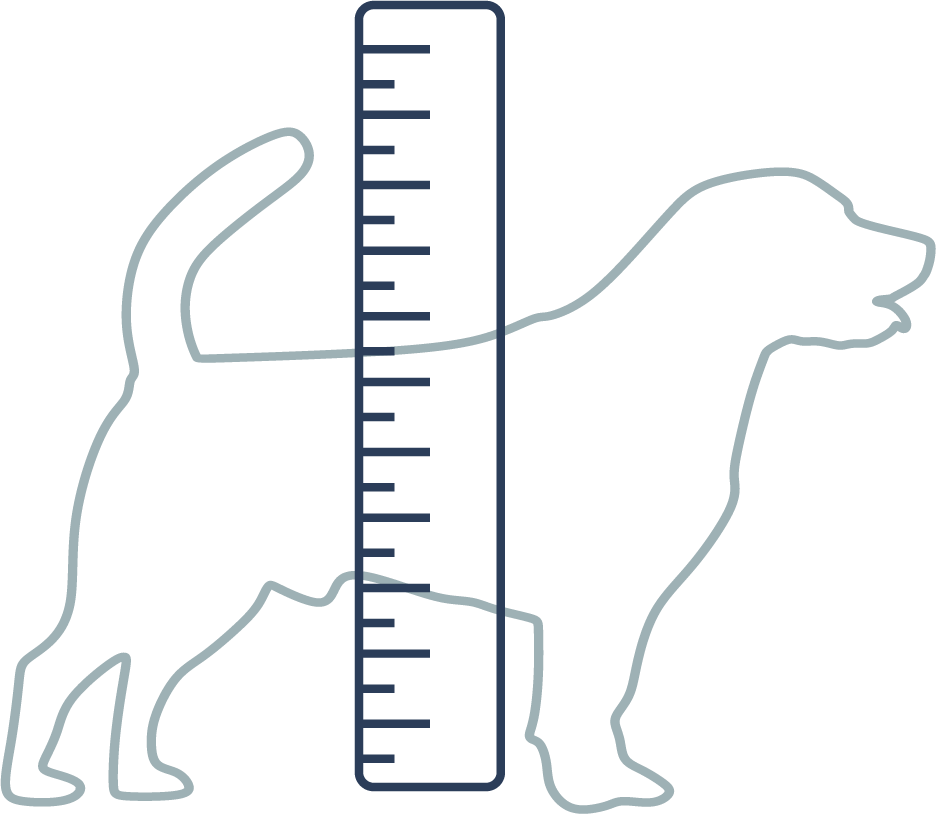


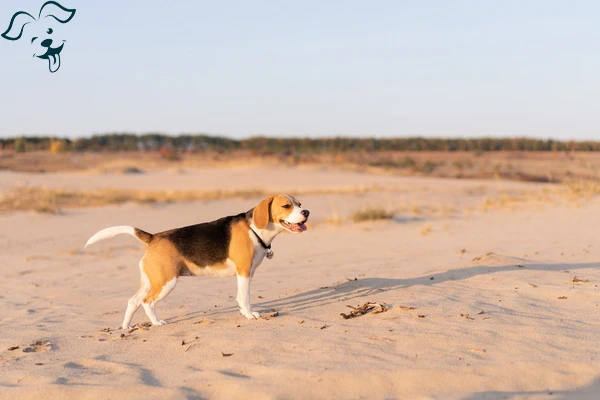
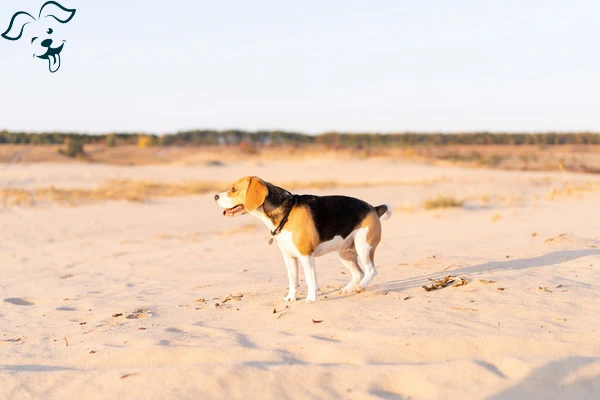
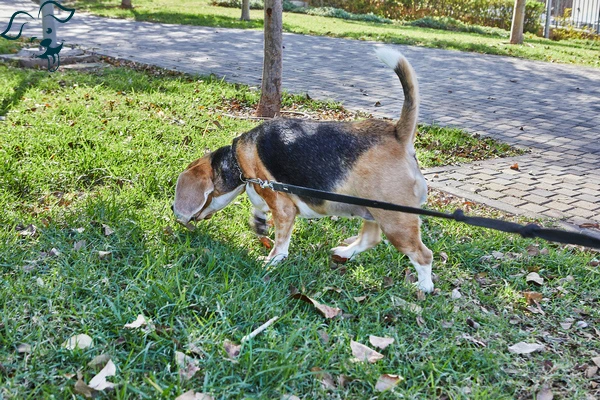
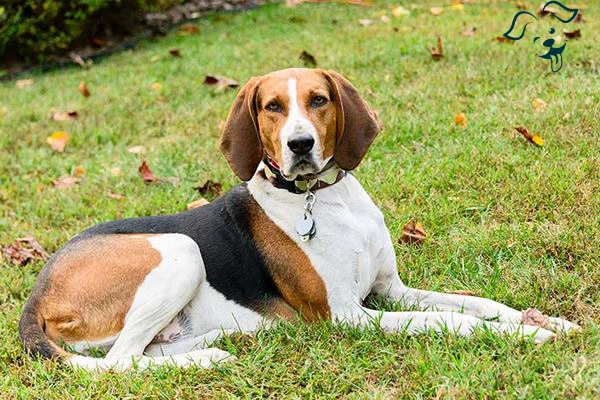





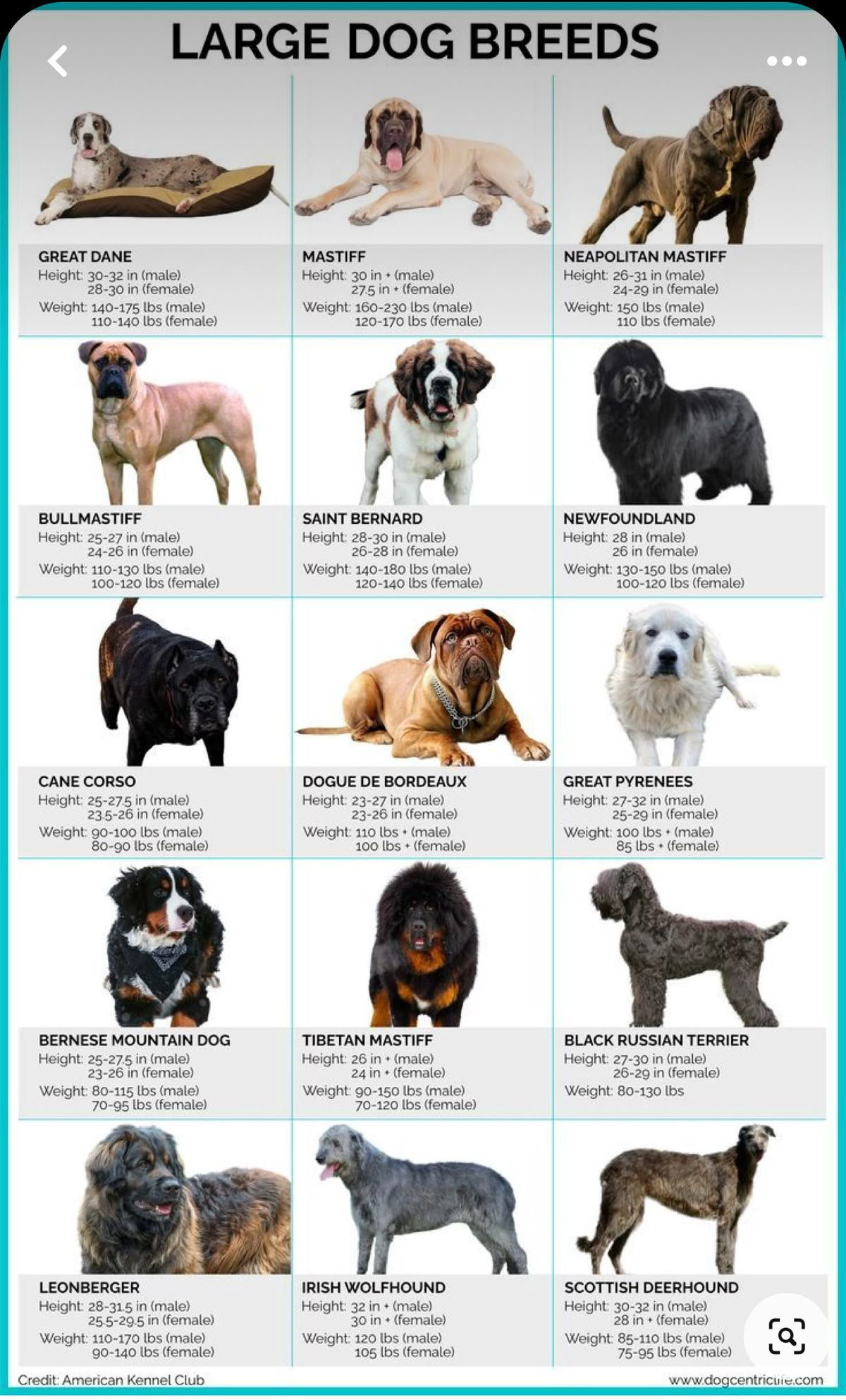

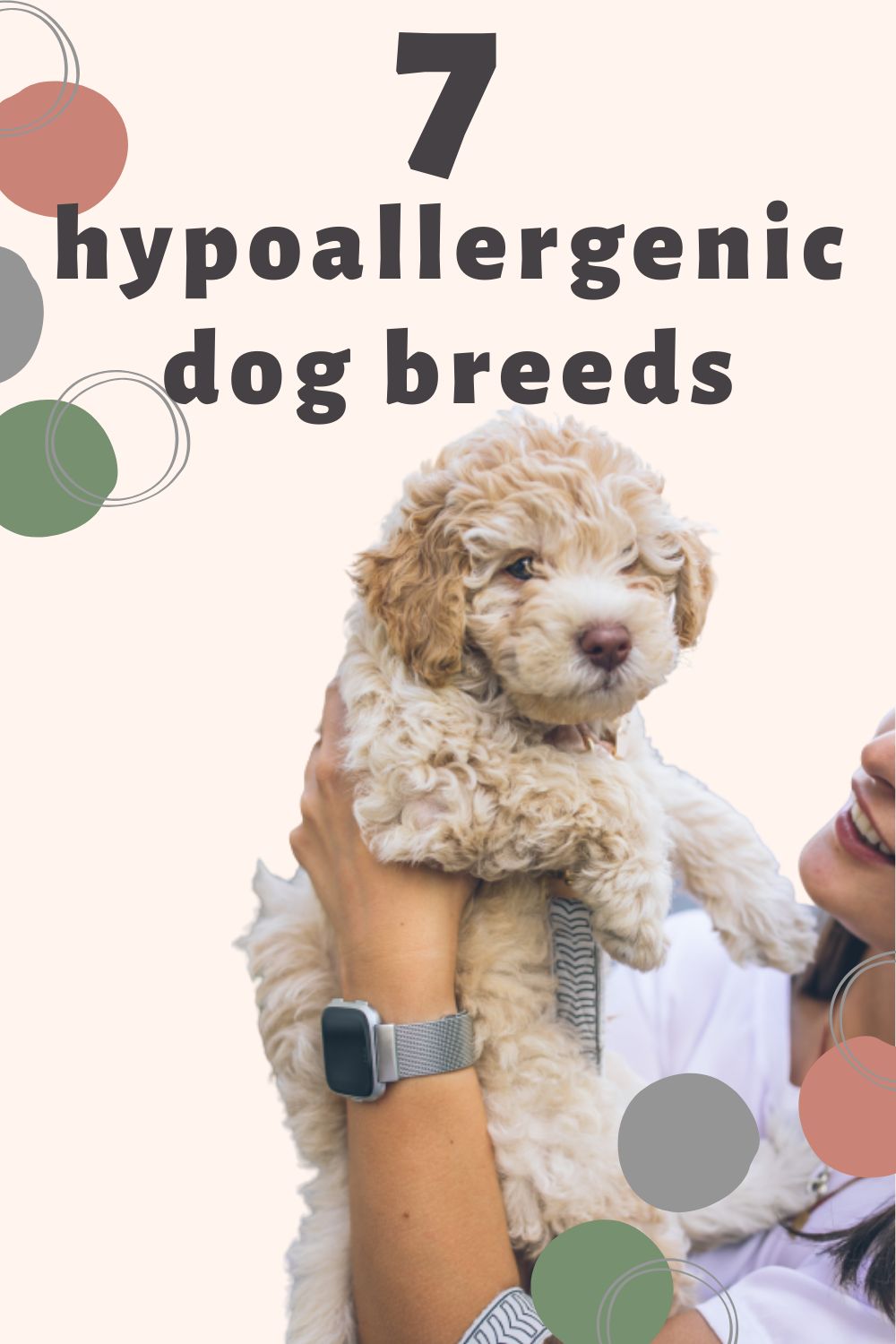
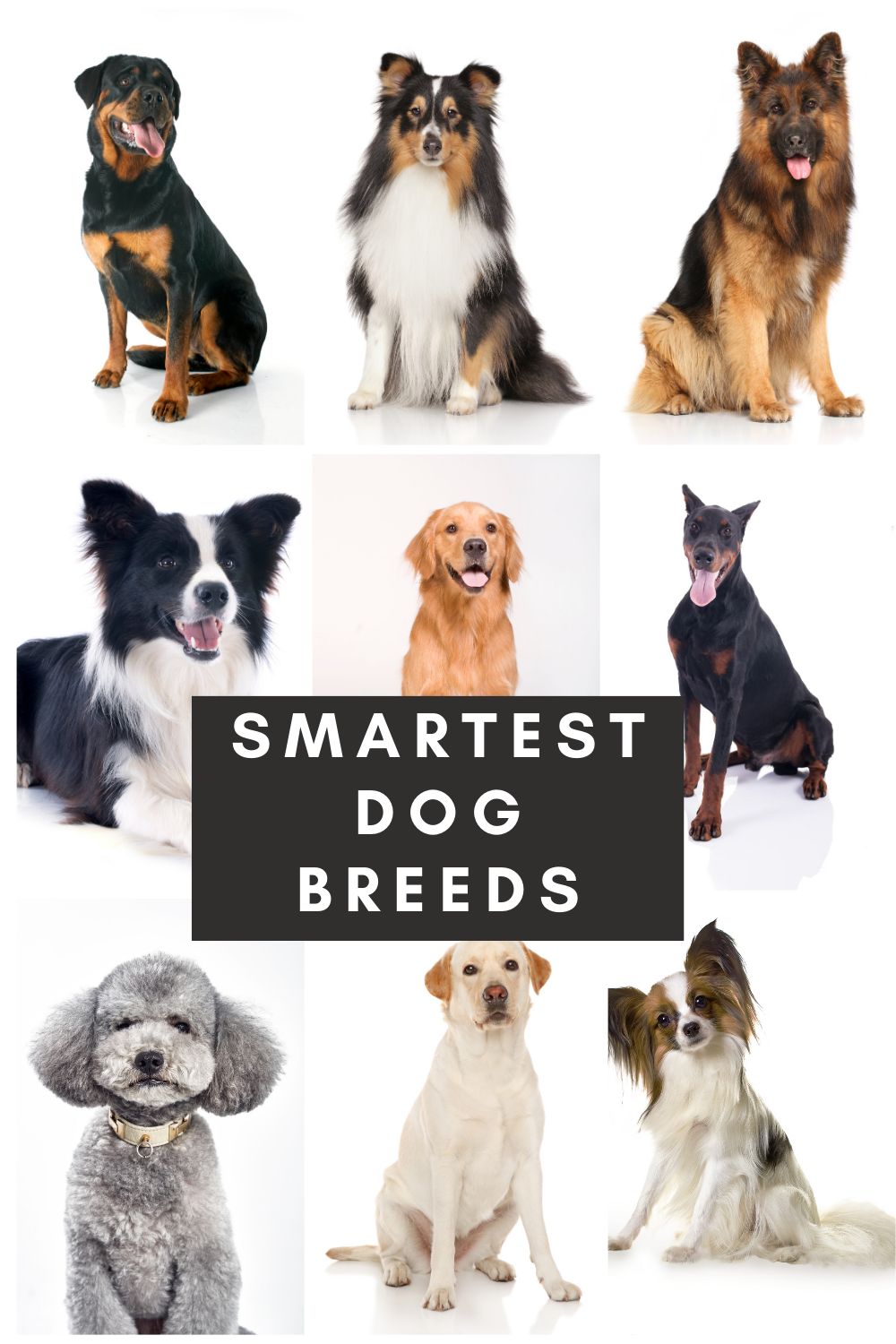



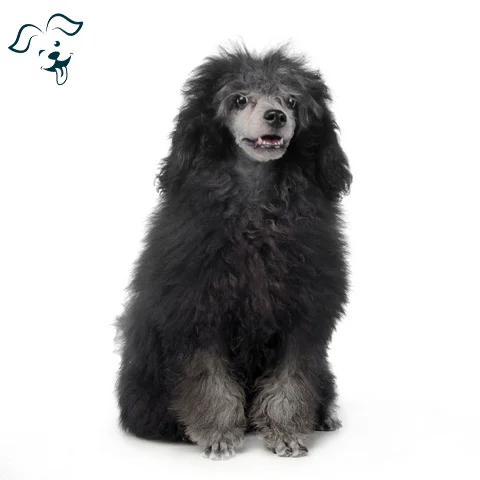

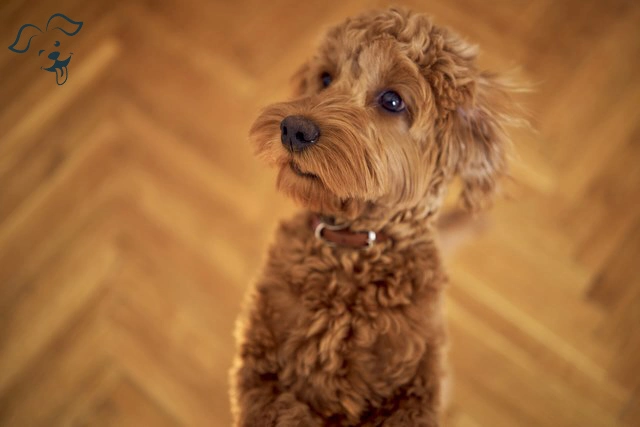
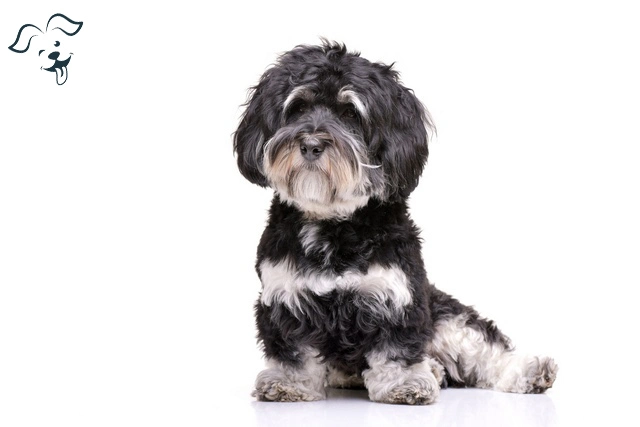
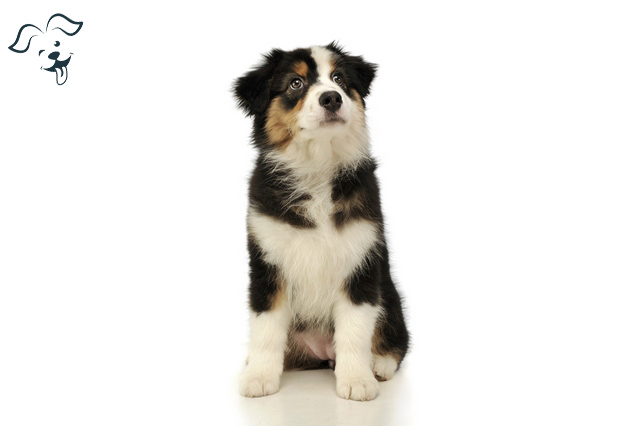
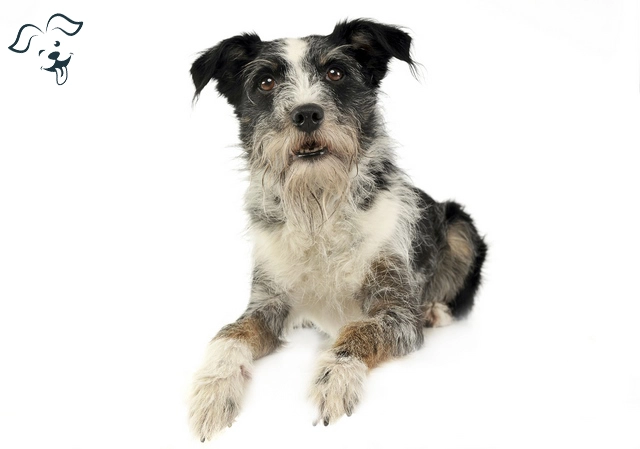
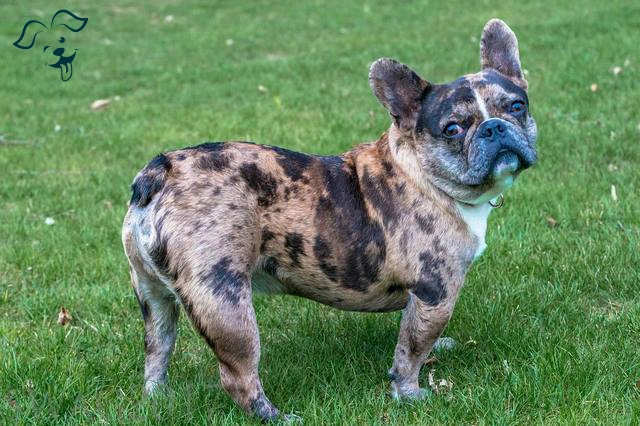
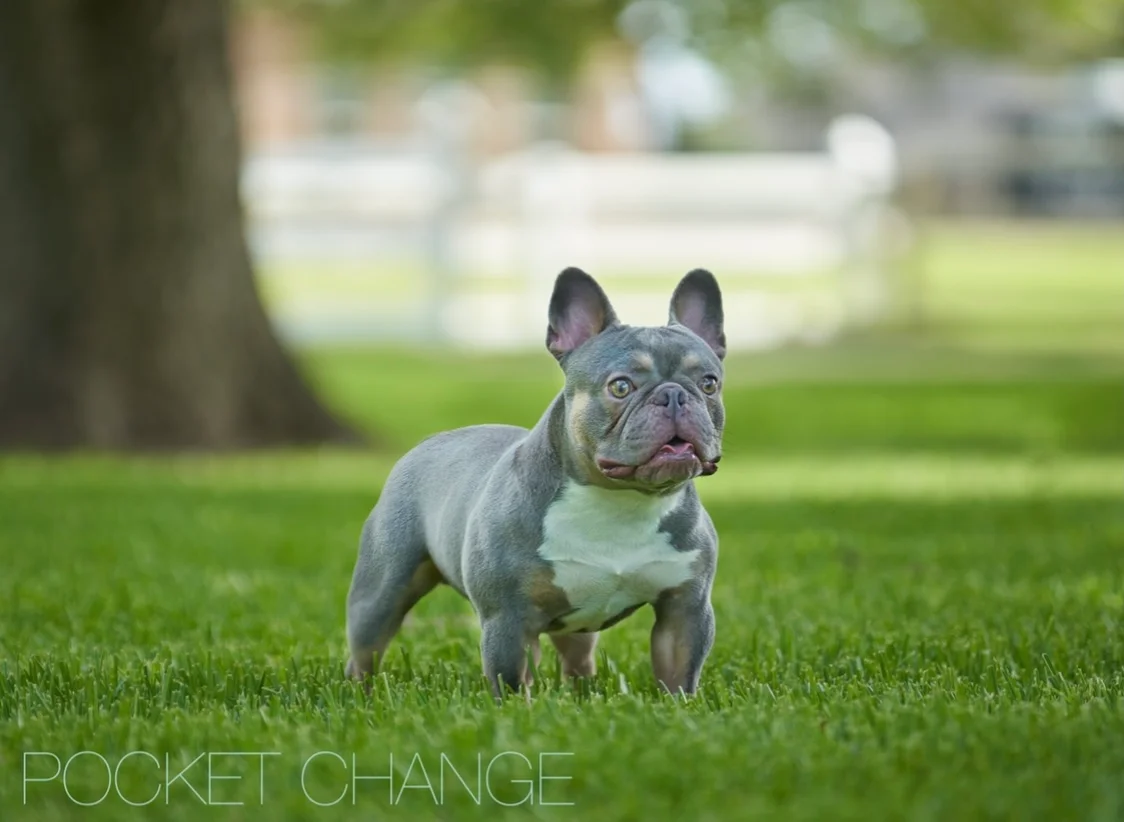
FRIENDLINESS
LIVELINESS
VIGILANCE INTENSITY
ADAPTATION CAPACITY